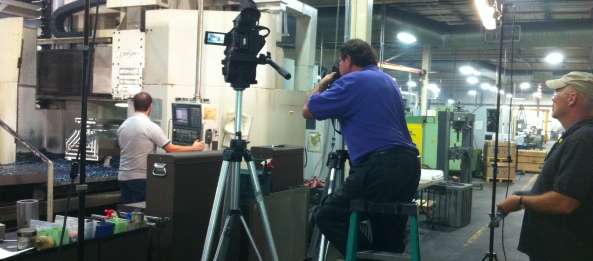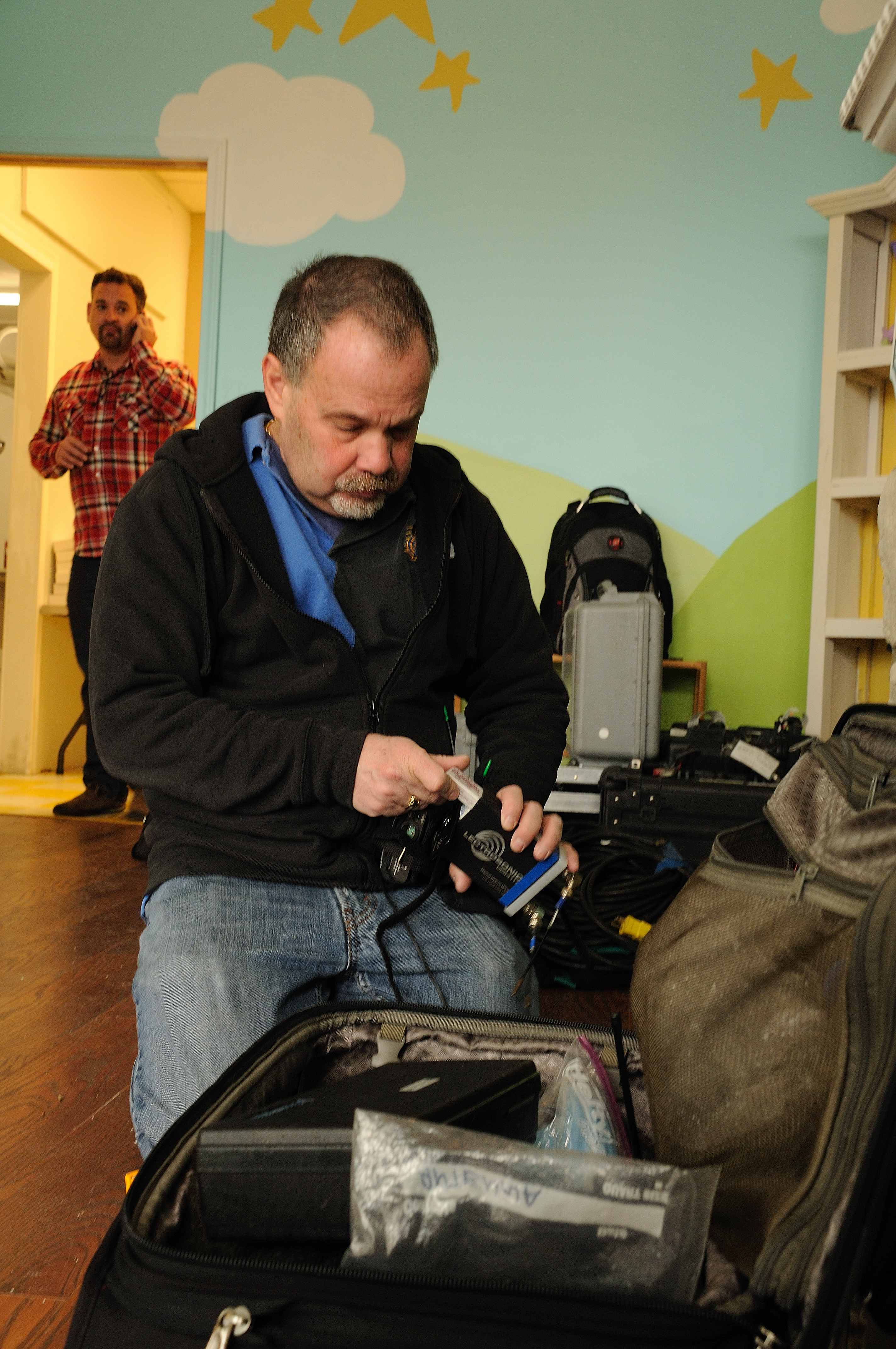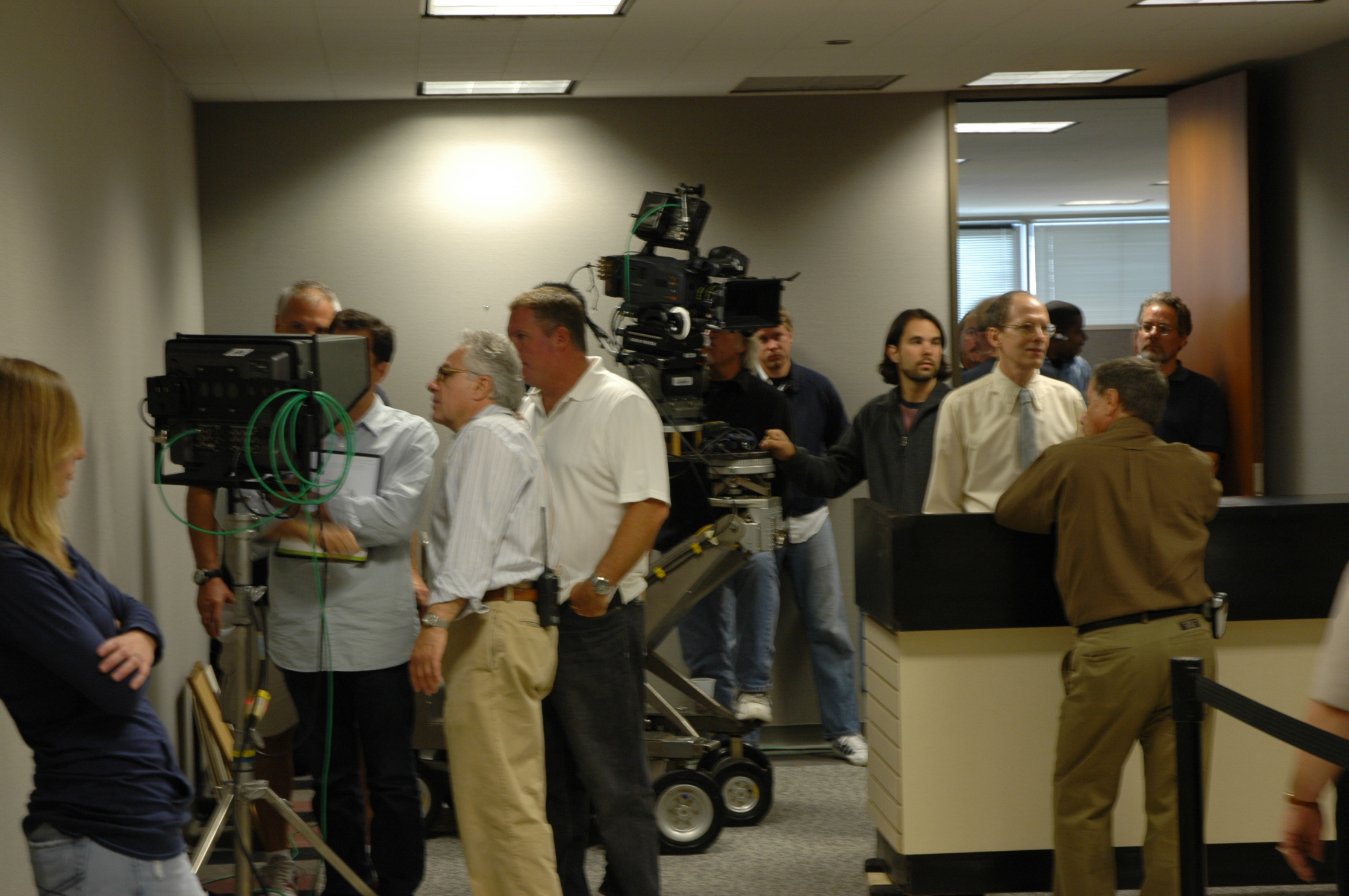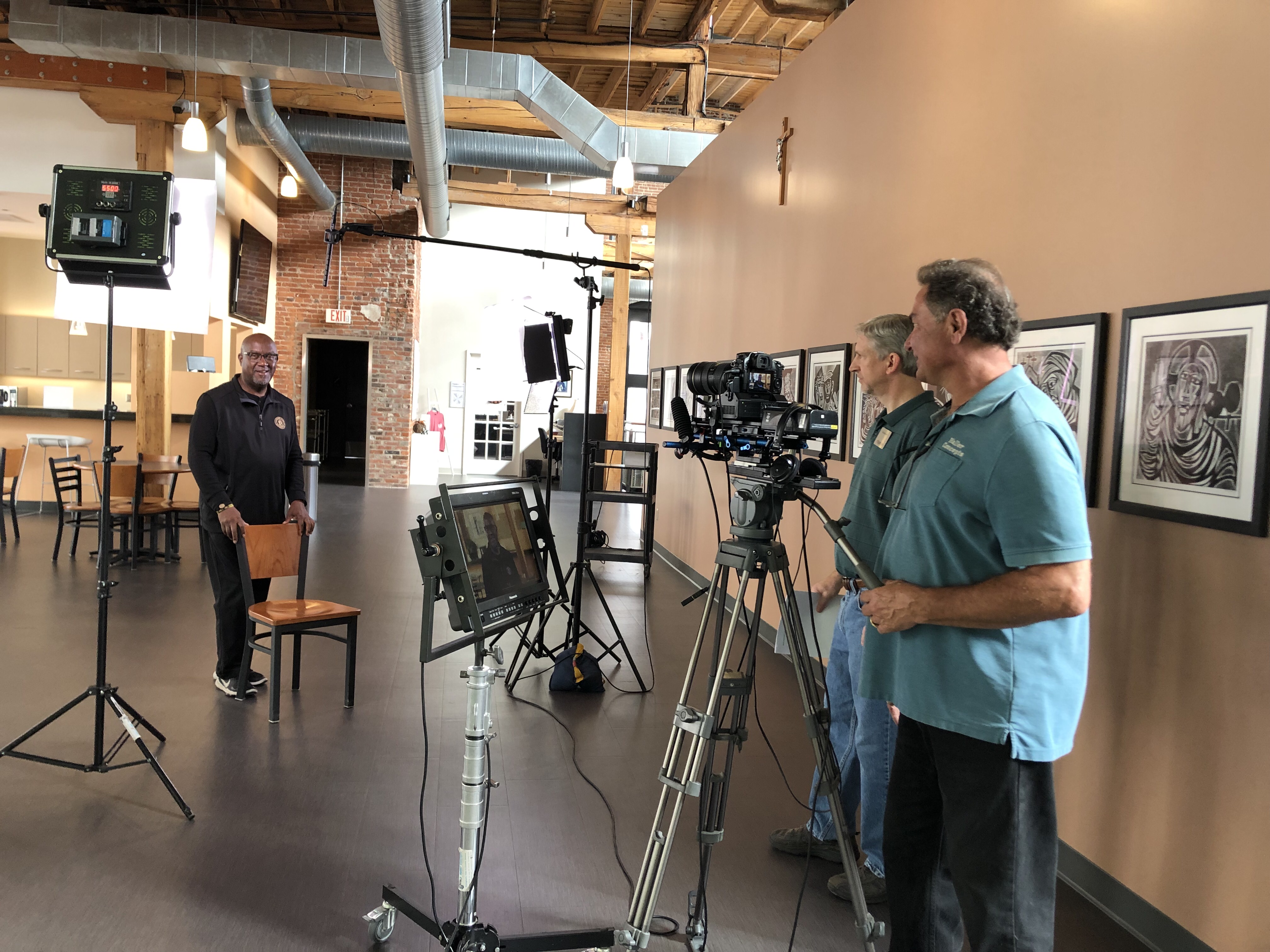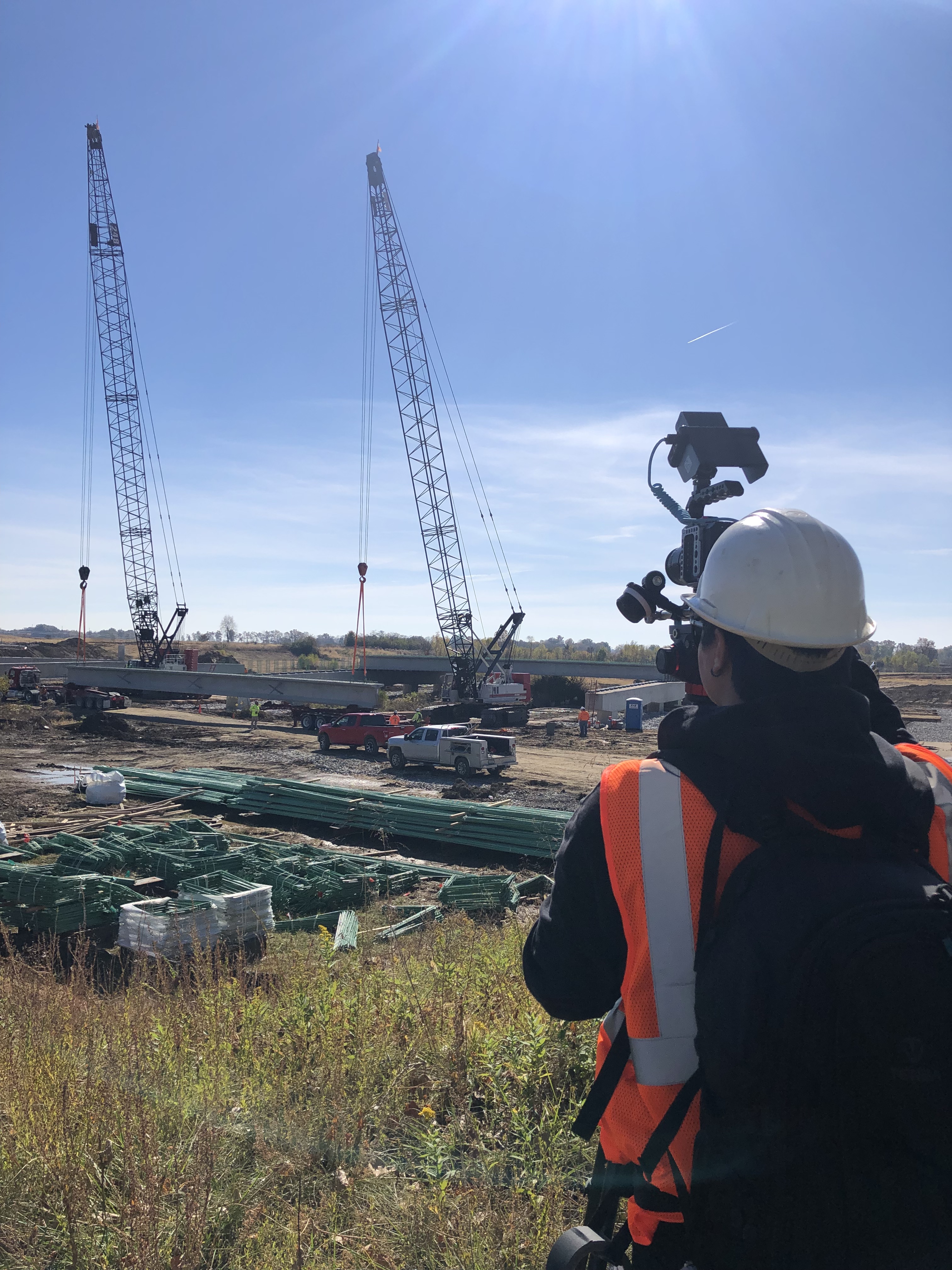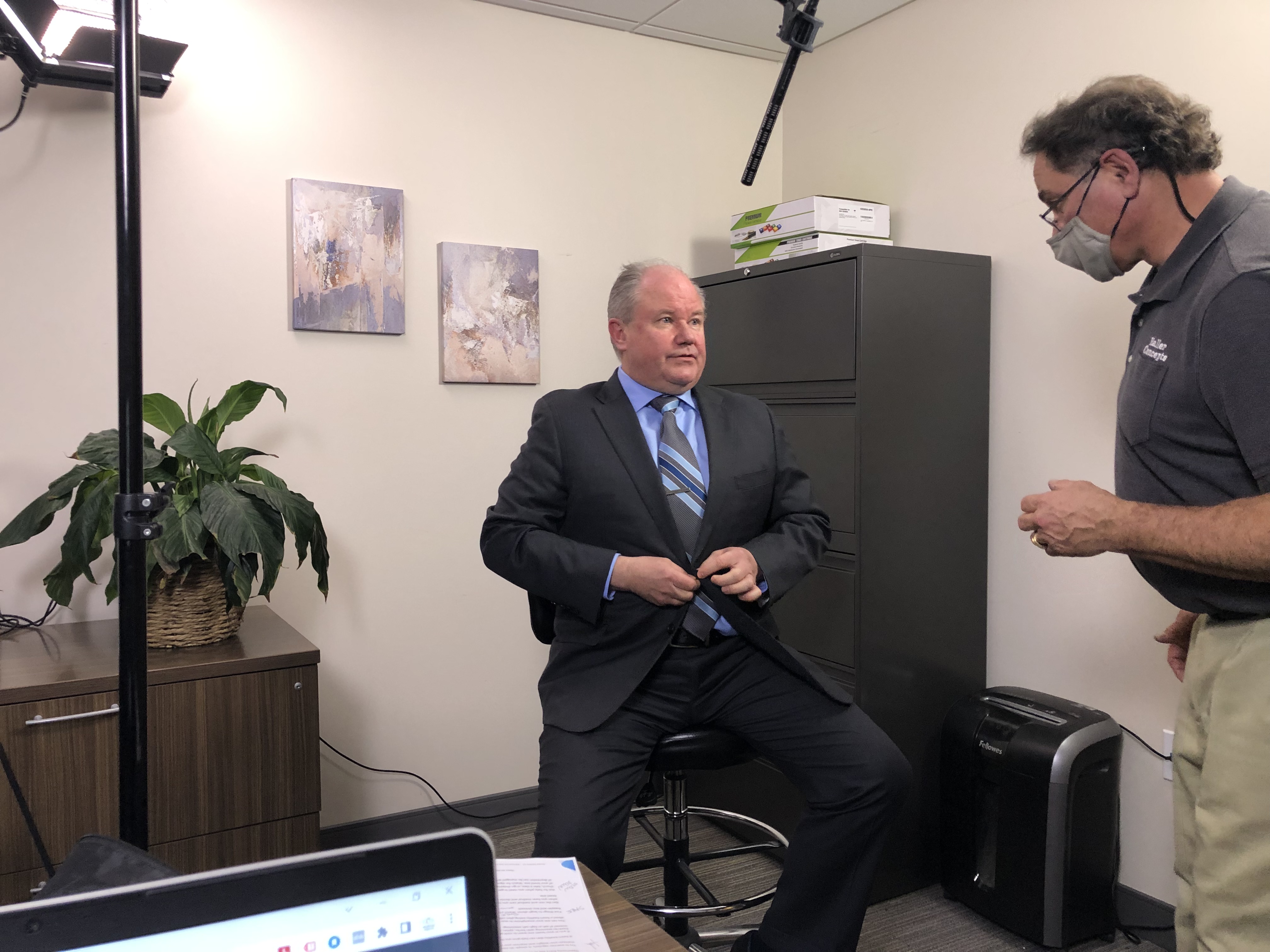Are you considering showcasing your manufacturing prowess through a professional video shoot? Planning and preparation are key to ensuring a successful outcome. Whether you’re promoting your products, highlighting your processes, or offering an inside look at your facilities, a well-executed video can leave a lasting impression on your audience. To help you achieve the best results, here are some essential steps to prepare your manufacturing plant for a professional video shoot:
1. Define Your Objectives
Before diving into the logistics of the shoot, it’s crucial to clearly define your objectives. What message do you want to convey through the video? Are you aiming to showcase your production process, demonstrate product features, or highlight your company’s values? Understanding your goals will guide all subsequent decisions and ensure that the final product aligns with your vision.
2. Select the Right Location
Choose the areas of your manufacturing plant that best represent your brand and align with your objectives. Consider factors such as lighting, background noise, and safety regulations. Areas with ample natural light and minimal background distractions are ideal for capturing high-quality footage. Additionally, ensure that all safety protocols are followed to protect both your team and the videographers.
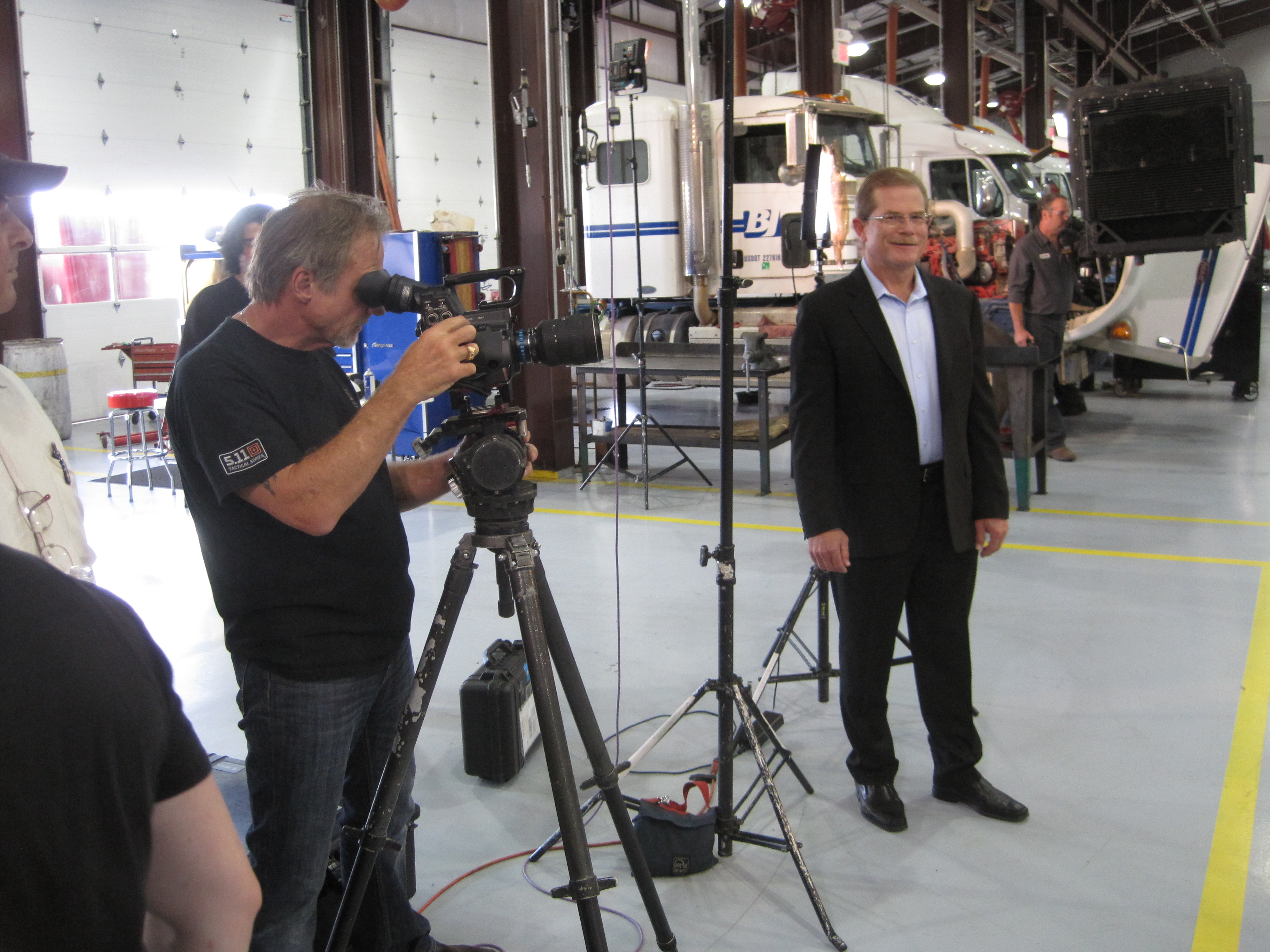
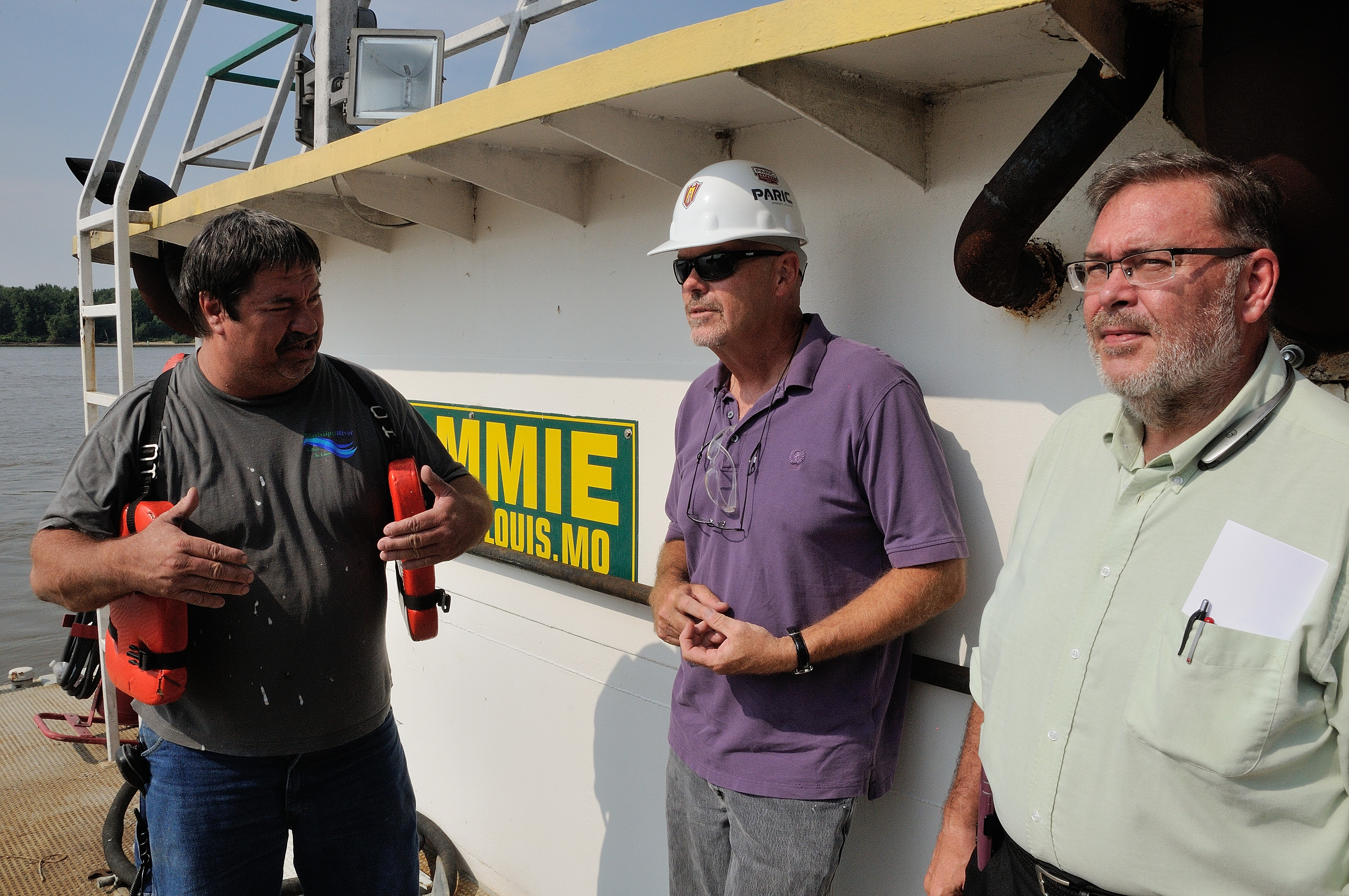
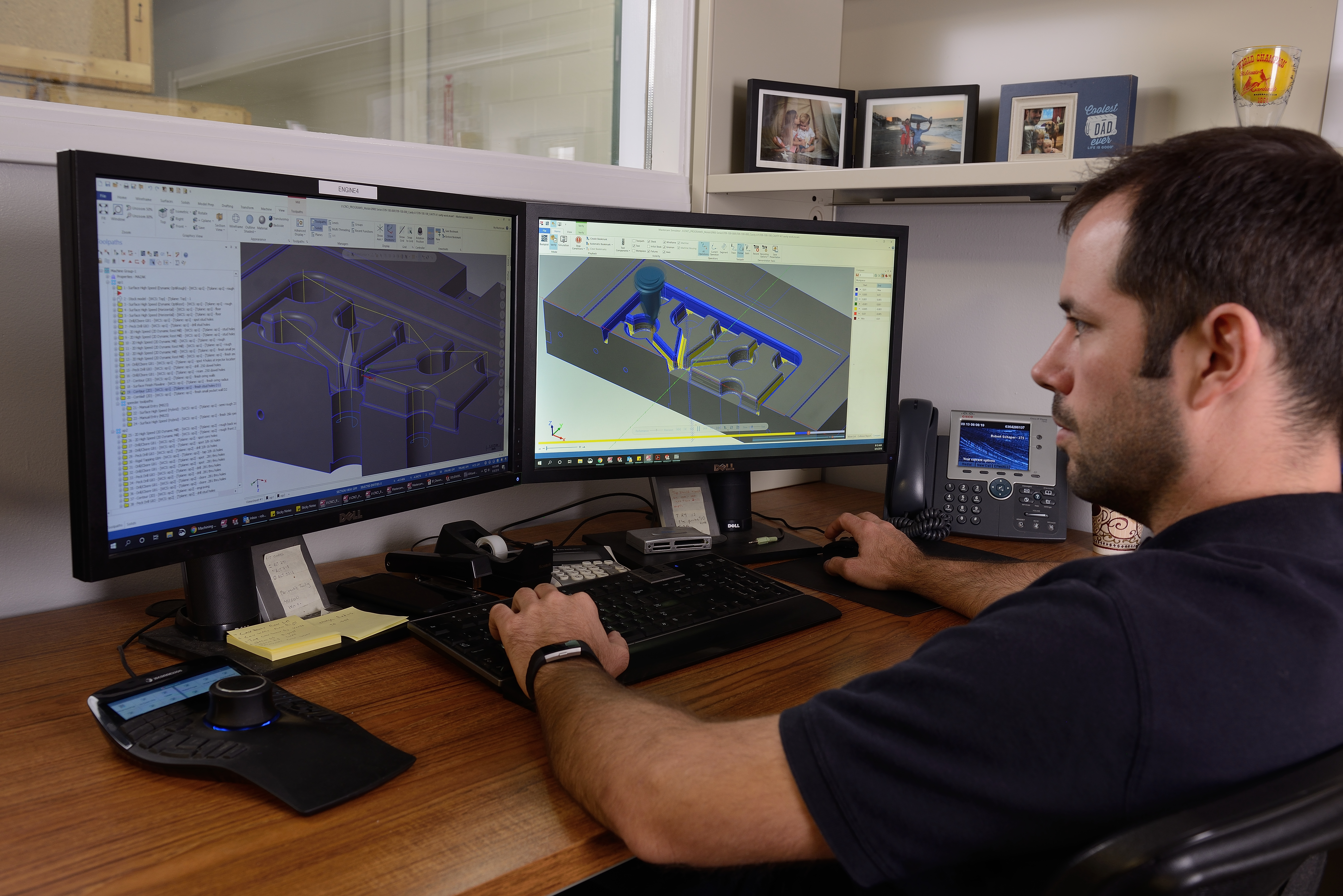

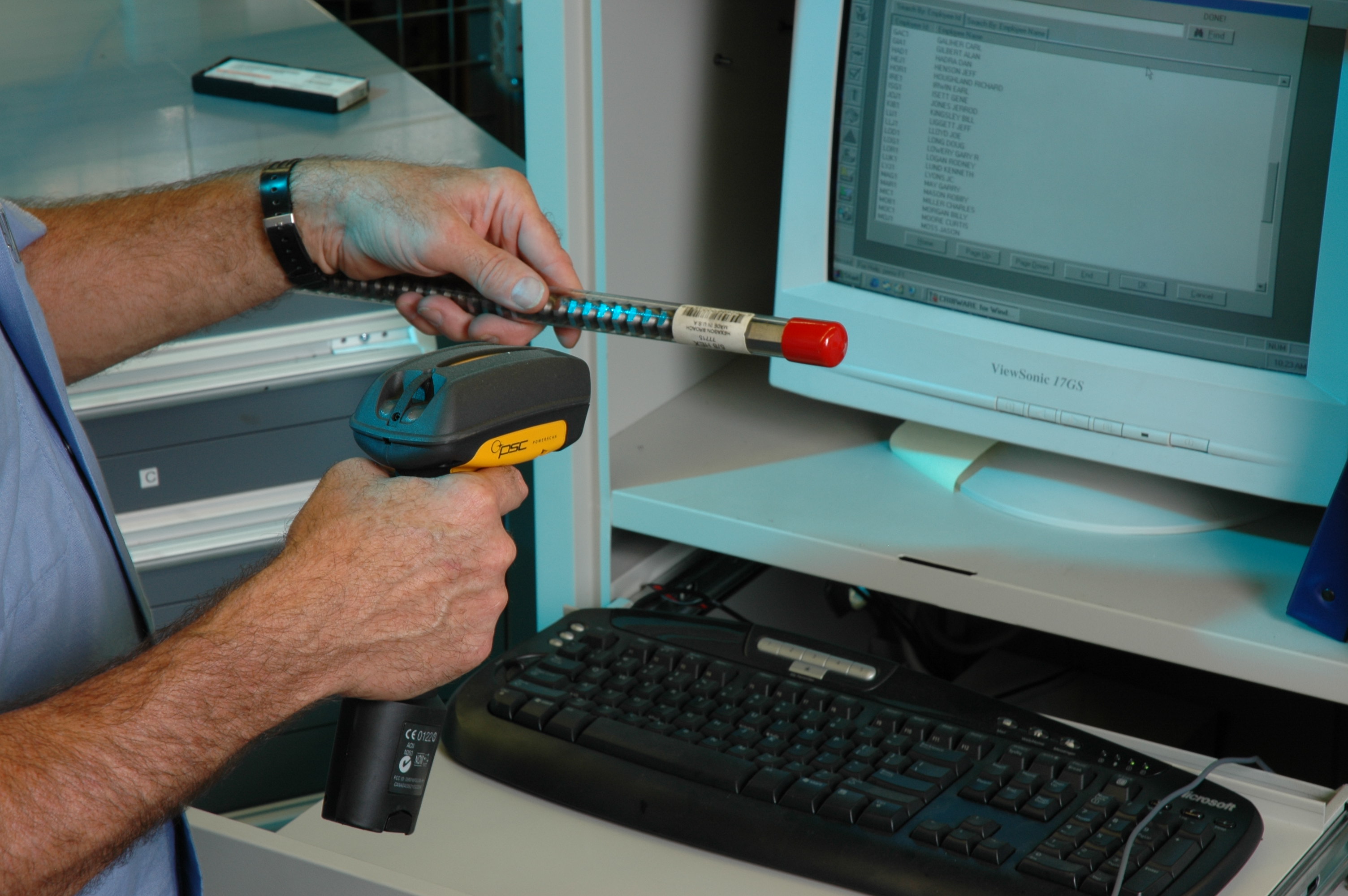
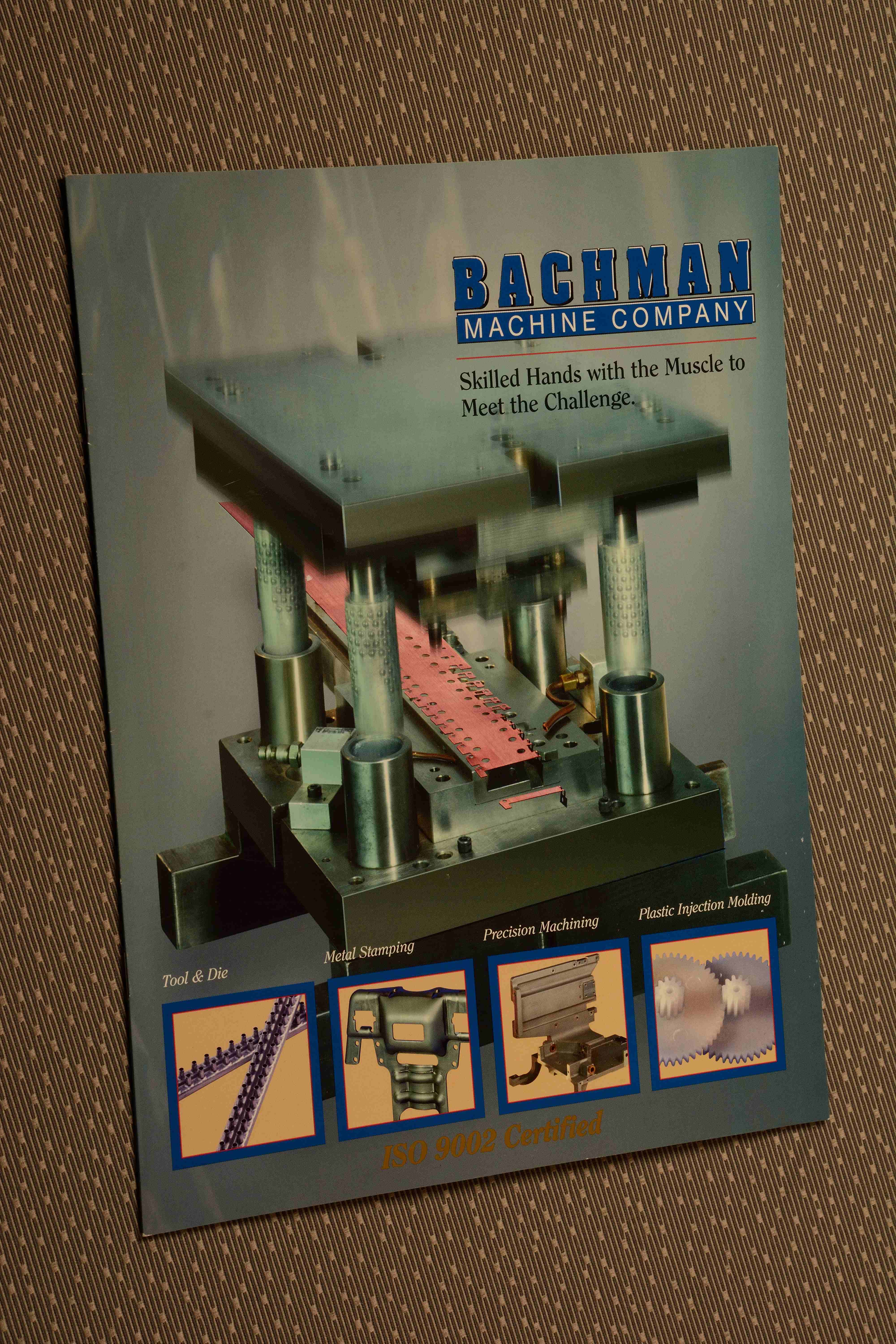
3. Prepare the Space
Once you’ve selected the locations for filming, it’s time to prepare the space. Cleanliness is paramount, as any clutter or debris can detract from the professionalism of the video. Remove any unnecessary equipment or materials from the area and ensure that all machinery is in proper working order. Clear pathways for the videographers and make any necessary arrangements for power sources and equipment setup.
4. Coordinate with Team Members
Effective communication is essential when coordinating a video shoot in a manufacturing environment. Ensure that all team members are aware of the schedule and expectations for the day. Designate a point person to liaise with the videography team and address any questions or concerns that may arise during the shoot. Collaboration between your internal team and the videographers will streamline the process and lead to a more cohesive final product.
5. Consider Safety Precautions
Safety should always be a top priority in any manufacturing environment. Before the shoot begins, review safety protocols with the videography team and ensure that everyone is aware of potential hazards. Provide any necessary personal protective equipment (PPE) and establish clear guidelines for behavior in the filming areas. By prioritizing safety, you can minimize the risk of accidents and create a secure environment for all involved.
6. Test Equipment and Lighting
To ensure optimal results, test all equipment and lighting setups before the shoot begins. Verify that cameras, microphones, and other recording devices are functioning properly and make any necessary adjustments to achieve the desired effect. Experiment with different lighting arrangements to enhance visibility and create the desired atmosphere. Conducting thorough tests will help identify and address any issues before filming begins, saving time and ensuring a smoother production process.
7. Communicate Your Brand Story
Finally, remember that your video is an opportunity to communicate your brand story to your audience. Showcase your company’s values, expertise, and commitment to quality through engaging visuals and compelling narration. Highlight what sets your manufacturing plant apart from the competition and demonstrate why customers should choose your products or services. By authentically conveying your brand identity, you can create a lasting impression that resonates with viewers.
By following these essential steps, you can ensure that your manufacturing plant is fully prepared for a professional video shoot. From defining your objectives to coordinating with team members and prioritizing safety, thorough planning and attention to detail are key to success. With careful preparation and collaboration, you can create a compelling video that effectively showcases your brand and captivates your audience.
As a full-service video and photography production company, St Louis Web Video Producers has worked with many businesses, marketing firms, and agencies in the St. Louis area for their corporate photography and video. Let us help you bring your vision to life and create impactful visual content for your manufacturing plant. Contact us today to learn more about our services and how we can assist with your next project.
